Region
Crash of a Douglas C-47A-70-DL off Den Oever: 32 killed
Date & Time:
Sep 25, 1996 at 1637 LT
Registration:
PH-DDA
Survivors:
No
Schedule:
Texel - Amsterdam
MSN:
19109
YOM:
1943
Crew on board:
6
Crew fatalities:
Pax on board:
26
Pax fatalities:
Other fatalities:
Total fatalities:
32
Captain / Total hours on type:
400.00
Copilot / Total hours on type:
280
Aircraft flight hours:
38388
Circumstances:
The aircraft took off at 14.28 from Texel International Airport for the return flight to Amsterdam-Schiphol Airport. Before take-off the airport manager of Texel International Airport requested the crew of PH-DDA to squawk transponder-code 0060. The take-off was considered normal by several witnesses, including the Airport Manager, without deviations from what they had seen during previous take-offs from Texel. Several witnesses observed the aircraft passing outbound over the east coast of the island of Texel. One witness reported a short-lived orange colored fire streak emanating from the underside of the left engine, another mentioned a shrieking noise on one engine. The weather situation over the Waddenzee was : a visibility of about 1 .5 km in haze without a distinct horizon. The sun was obscured. There was a glassy smooth water surface without any references. At approximately 14.33, the crew reported to Texel Radio that they had problems with an engine. They were advised to switch over to De Kooy Approach. There is no radio telephony (RT) recording available of this phase of the flight. Naval Air Station (NAS) De Kooy is not equipped with primary radar. No primary radar recordings from other sources were available. The aircraft became visible on the secondary radar of NAS De Kooy at 14.34:33, squawking 0060 and flying at an altitude of 800 feet on a heading of 155°, which changed gradually to 175°. Most likely the transponder had been switched on at that time. Refer to the radar plot in Appendix 1. At 14.35:32 the flight crew reported to De Kooy Approach : "Uh, PDA is uh..., at 600 feet and approaching uh..., De Kooy, we want to make an emergency landing on De Kooy". The position of the aircraft at that moment was approximately 11 mn northeast of NAS De Kooy. Shortly thereafter the aircraft made a sudden left turn to a heading of 110°. The aircraft was then at an altitude of 700 feet. The flight crew reported that they had feathered the left engine. De Kooy Approach instructed to set Secondary Surveillance Radar (SSR) code 4321 instead of the then used VFR code 0060, gave QNH and reported that runway 22 was in use ; the pilot did not respond to this message. De Kooy Approach twice repeated the advise to squawk and advised to proceed inbound runway 22. During the transmission of this message the aircraft was turning to approximately the required heading of 225°, at an altitude of 500 feet. The aircraft maintained heading 225° at 500 feet and the airspeed decreased. After several inquiring calls concerning the correct squawk, at 14.36:52 the pilot confirmed squawking 4321 and asked for a heading. Some parts of the radio communication were hindered by a whistle tone. In response to the question, De Kooy Approach requested the position ; the pilot reported 11 nm out to the northeast. Seven seconds later De Kooy Approach confirmed radar contact and advised a heading of 240° . During this conversation the aircraft turned left to a heading of 180°. At that time the altitude was still 500 feet and the airspeed had further decreased. The crew confirmed the advised heading of 240°, but the aircraft did not turn to this direction. This was the last message from the aircraft. The radar recording showed that at 14.37:28 the aircraft started to turn to the left at an increasing rate. At 14.37:47 the last radar echo showed an altitude of 200 feet. The approach controller stated that the aircraft disappeared from the radar screen. There was no reply on repeated calls from De Kooy Approach, upon which the controller initiated an emergency status. The aircraft crashed onto a flooded sand bank in the Waddenzee, where at that time the water had a depth of about 1.2 meter. Forty seconds after the aircraft had disappeared from the radar, the controller contacted a KLM ERA helicopter, approaching NAS De Kooy, informed the pilot of the situation with the PHDDA and requested the pilot to have a look at the approximate position ; about seven minutes later the helicopter reported the wreckage in sight. That started an extensive rescue action; one severely injured passenger was taken to a hospital by a Naval helicopter, but died the same evening. The other 31 occupants to all probability died instantaneously in the crash. There was no fire.
Probable cause:
The accident was initiated by a combined failure of the left engine and the left feathering system. The accident became inevitable when the flight crew allowed the speed to decrease below stall speed and lost control of the aircraft at an altitude from which recovery was not possible.
The following contributing factors were reported:
- Serious degradation of controllability and performance.
- A high work load imposed on the flight crew by the multiple failure, further increased by unfavourable flight conditions and a suboptimal cockpit lay-out.
- The inadequate level of skill and experience of the flight crew on the DC-3 to be able to cope with this specific emergency situation.
The following contributing factors were reported:
- Serious degradation of controllability and performance.
- A high work load imposed on the flight crew by the multiple failure, further increased by unfavourable flight conditions and a suboptimal cockpit lay-out.
- The inadequate level of skill and experience of the flight crew on the DC-3 to be able to cope with this specific emergency situation.
Final Report:
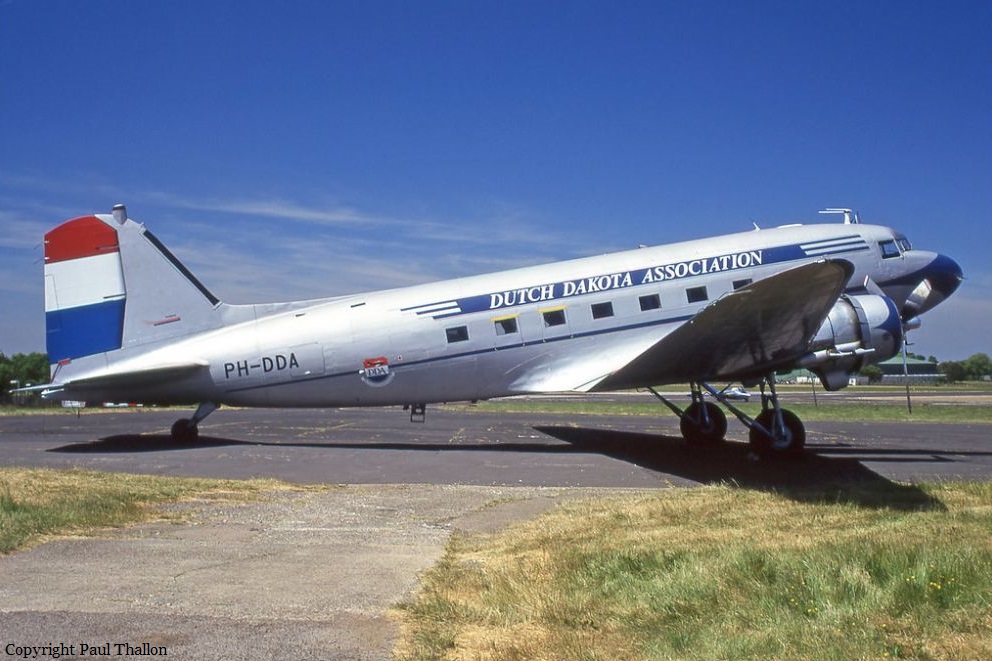
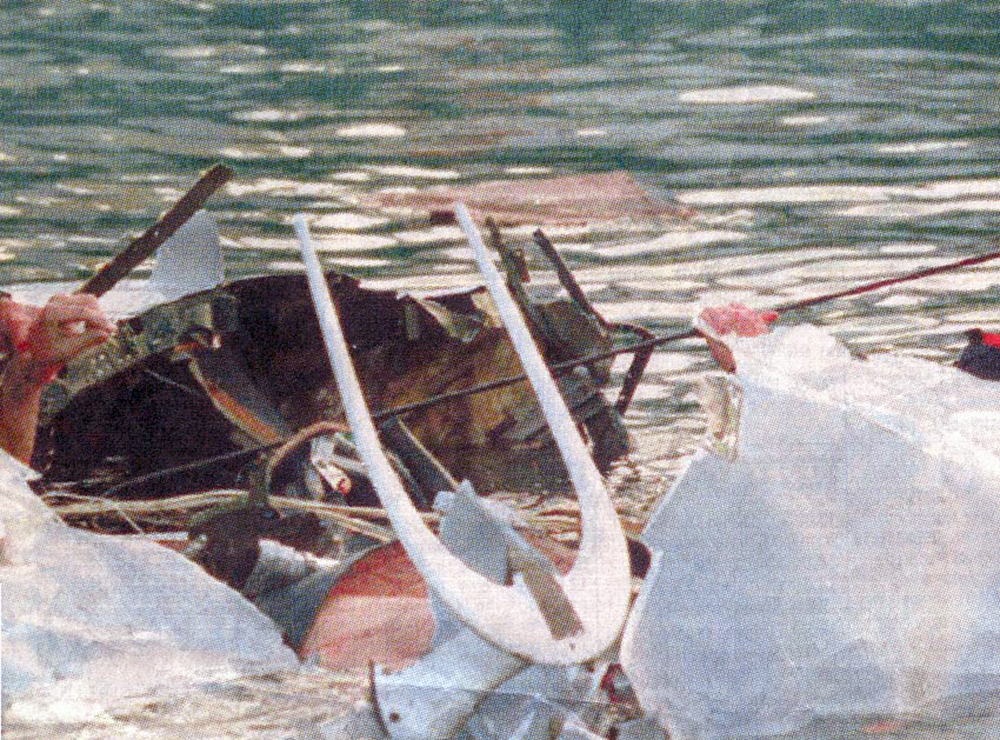
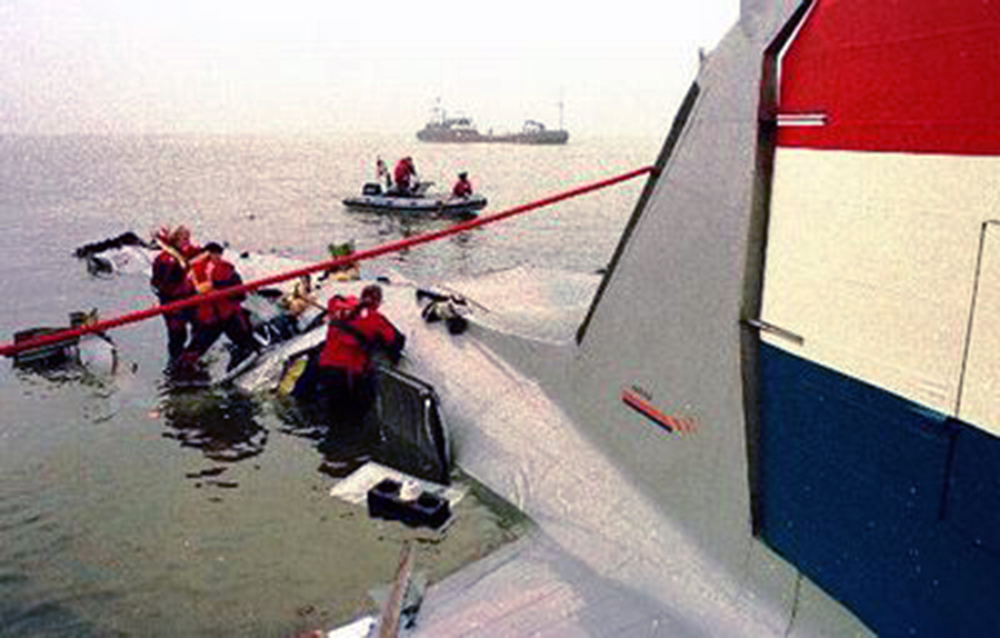
Crash of a Lockheed C-130H Hercules in Eindhoven: 34 killed
Date & Time:
Jul 15, 1996 at 1802 LT
Registration:
CH-06
Survivors:
Yes
Schedule:
Rimini - Eindhoven
MSN:
4473
YOM:
1972
Flight number:
610
Crew on board:
4
Crew fatalities:
Pax on board:
37
Pax fatalities:
Other fatalities:
Total fatalities:
34
Captain / Total hours on type:
1436.00
Copilot / Total hours on type:
138
Aircraft flight hours:
10914
Circumstances:
The aircraft was chartered by the Dutch Air Force (Koninklijke Luchtmacht) to fly the Dutch Air Force's brass band from Italy back to the Netherlands. The transport plane arrived at Verona-Villafranca at 13:33. Forty passengers boarded the plane and at 15:04 the Hercules took off from Villafranca for a short flight to Rimini, where it landed at 15:31. Three passengers deplaned at Rimini and the Hercules was back in the air at 15:55 heading for Eindhoven. The Hercules descended into Eindhoven and contacted Eindhoven Tower at 18:00. Eindhoven Tower cleared the flight for the approach: "Okay, you may continue descent for 1000, as number one in traffic, for a direct final course runway 04, QNH 1027." After reported the runway in sight, the Hercules was cleared to land: "610 is cleared to land runway 04, the wind from 360° 10 knots." Possibly as a result of the presence of a large number of birds near the runway, the copilot initiated a go around. Birds were ingested by both left hand engines (n°1 and 2), causing both engines to lose power. For reasons unknown the crew shut down engine n°3 and feathered the propeller. The plane then turned left and crashed off the left side of the runway. Within seconds a fire erupted which was fed by the oxygen from the airplane's oxygen system. Some emergency exits in the main cabin were unreachable because of the fire while other exits could not be opened because of twisting of the fuselage. The fact that there were a large number of passengers on board the plane was not immediately clear tot the fire fighters. It took some 23 minutes before passengers were noted in the main cabin.
Probable cause:
The accident was initiated, most probably as a reaction to observing birds, by the go-around which was made at a low altitude during which a flock of birds could no longer be evaded.
The accident became inevitable when:
- Bird ingestion in the two left engines occurred due to which the power of these two engines was lost,
- As a result of power loss, the aircraft became uncontrollable at a very low altitude and crashed.
The relative low experience of the crew was a contributing factor.
The accident became inevitable when:
- Bird ingestion in the two left engines occurred due to which the power of these two engines was lost,
- As a result of power loss, the aircraft became uncontrollable at a very low altitude and crashed.
The relative low experience of the crew was a contributing factor.
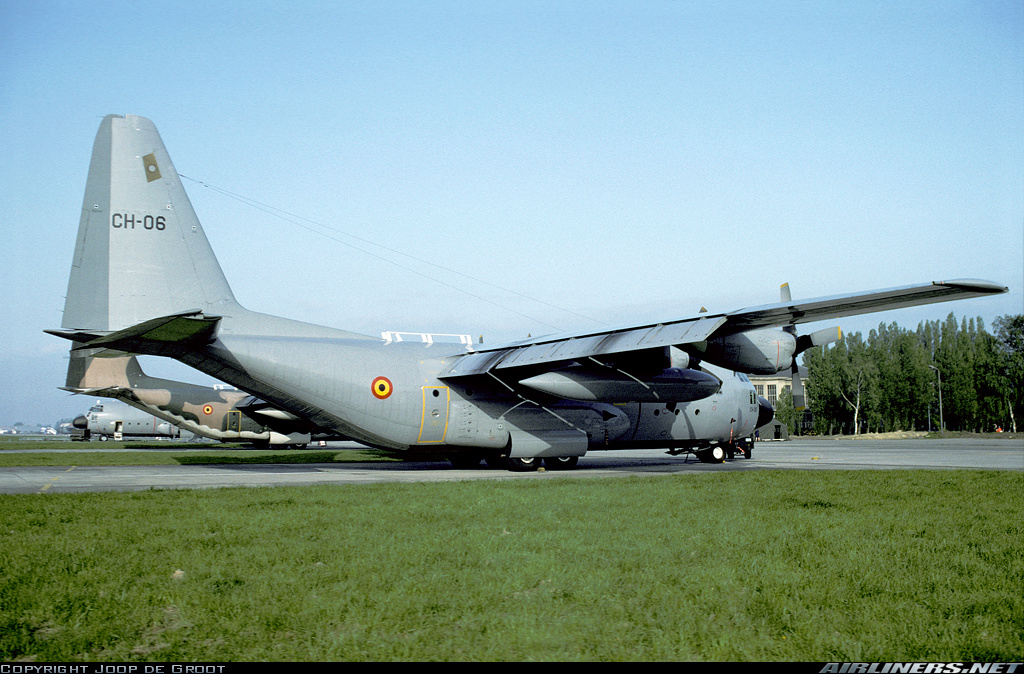
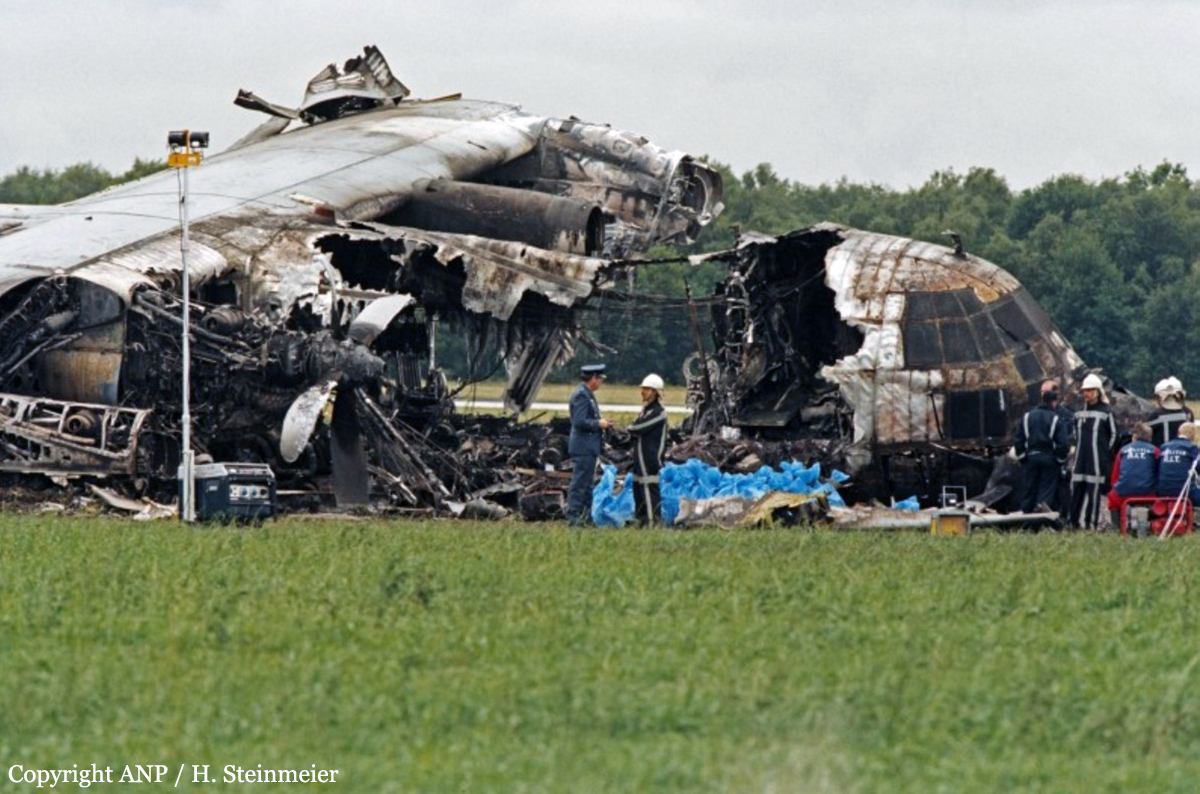

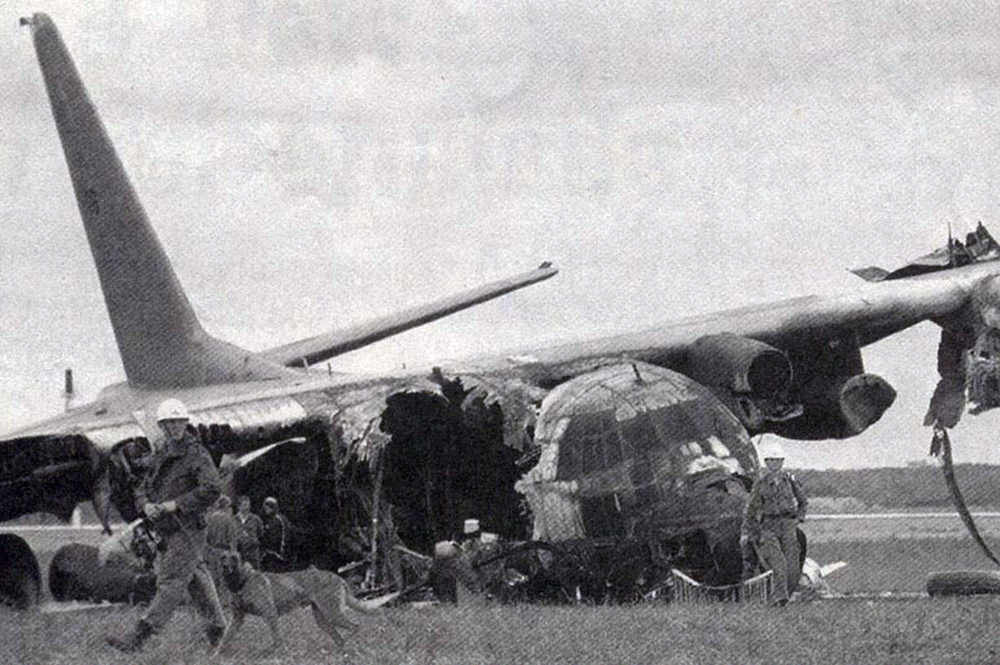

Crash of a Short SC.7 Skyvan 3 Variant 400 in Hoogeveen
Date & Time:
Jun 16, 1996
Registration:
OE-FDI
Survivors:
Yes
Schedule:
Hoogeveen - Hoogeveen
MSN:
1869
YOM:
1969
Crew on board:
2
Crew fatalities:
Pax on board:
0
Pax fatalities:
Other fatalities:
Total fatalities:
0
Circumstances:
The aircraft was dispatched at Hoogeveen Airport to perform local skydiving missions. While cruising at an altitude of 8,000 feet, both engines failed simultaneously. The crew ordered the skydivers to bail out and decided to return for an emergency landing. On final, the crew realized he could not make it and eventually completed an emergency landing in a potato field located about 500 metres short of runway. Both pilots escaped uninjured while the aircraft was damaged beyond repair.
Probable cause:
Double engine failure caused by a fuel exhaustion. It was determined that the crew miscalculated the necessary fuel quantity for the all mission as the accident occurred after 6 rotations.
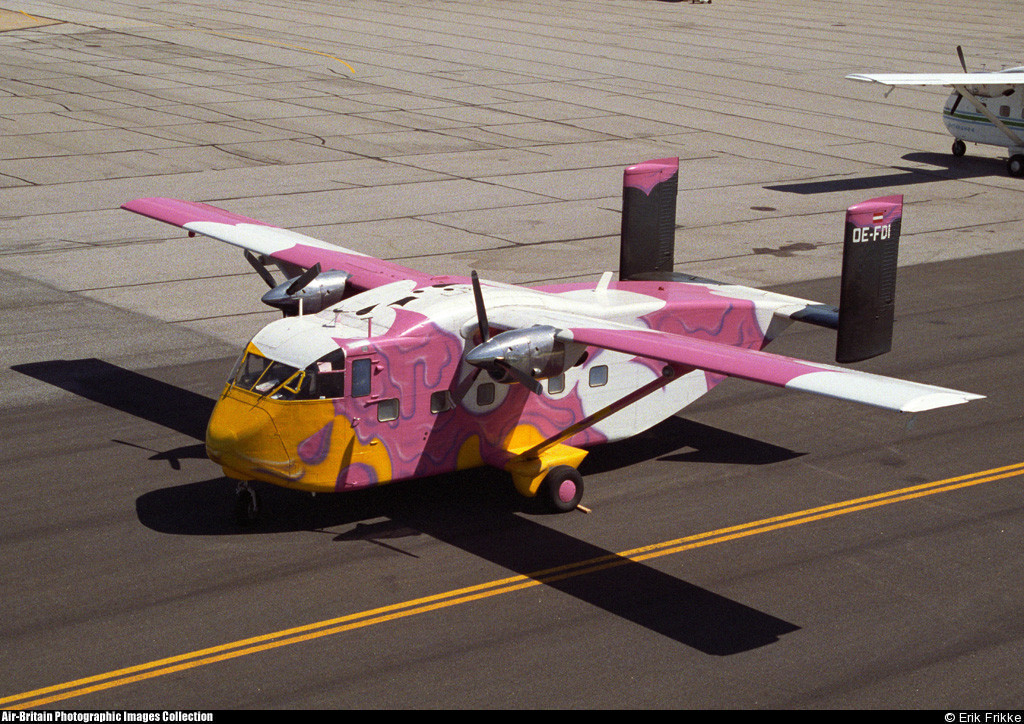
Crash of a Saab 340B in Amsterdam: 3 killed
Date & Time:
Apr 4, 1994 at 1446 LT
Registration:
PH-KSH
Survivors:
Yes
Schedule:
Amsterdam - Cardiff
MSN:
195
YOM:
1990
Flight number:
KL433
Crew on board:
3
Crew fatalities:
Pax on board:
21
Pax fatalities:
Other fatalities:
Total fatalities:
3
Captain / Total hours on type:
1214.00
Copilot / Total hours on type:
1334
Aircraft flight hours:
6558
Circumstances:
After take off from runway 24, the aircraft followed a VALKO departure as cleared by Air Traffic Control (ATC) . During climb, passing flight level 165 (FL165), the Master Warning was triggered by the right engine oil pressure Central Warning Panel (CWP) light. The Captain slowly retarded the right hand power lever to flight idle and called for the emergency checklist. After completion of the emergency checklist procedure, the right hand engine oil pressure CWP light was still on and the Captain decided to return to Amsterdam . The right hand engine remained in flight idle during the remainder of the flight. While returning to Amsterdam, the flight was radar vectored by ATC for an Instrument Landing System (ILS) approach on runway 06 . After passing approximately 200 feet height, the aircraft became displaced to the right of the runway and a go around was initiated. During the go around, control of the aircraft was lost and, at 12 :46 UTC, the aircraft hit the ground, in a slight nose low attitude with approximately 80° bank to the right, approximately 560 meters right from the runway 06 centerline, just outside the airport. Two passengers and the Captain died in the accident; eight passengers and the First Officer (FO) were seriously injured.
Probable cause:
Inadequate use of the flight controls during an asymmetric go around resulting in loss of control.
The following contributing factors were reported:
- Insufficient understanding of the flight crew of the SAAB 340B engine oil system,
- Lack of awareness of the consequences of an aircraft configuration with one engine in flight idle,
- Poor Crew Resource Management.
The following contributing factors were reported:
- Insufficient understanding of the flight crew of the SAAB 340B engine oil system,
- Lack of awareness of the consequences of an aircraft configuration with one engine in flight idle,
- Poor Crew Resource Management.
Final Report:

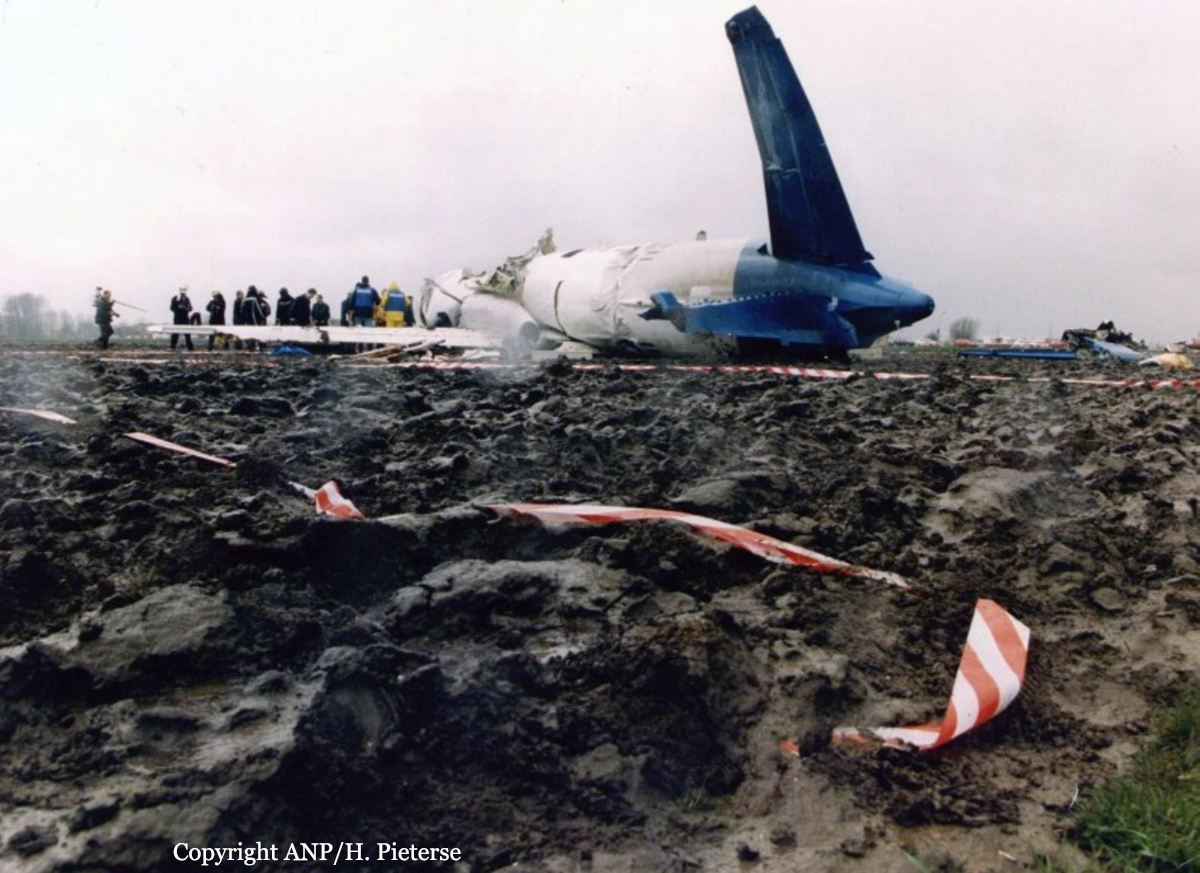
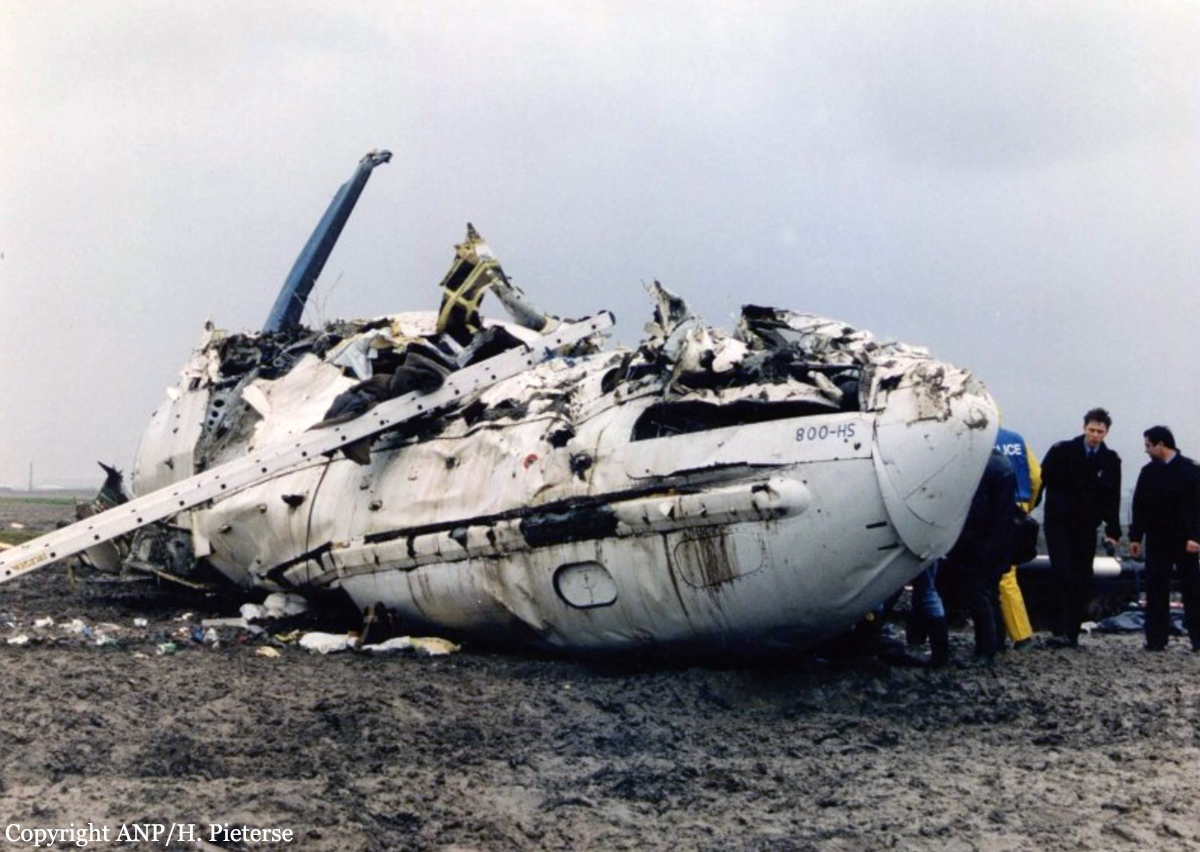


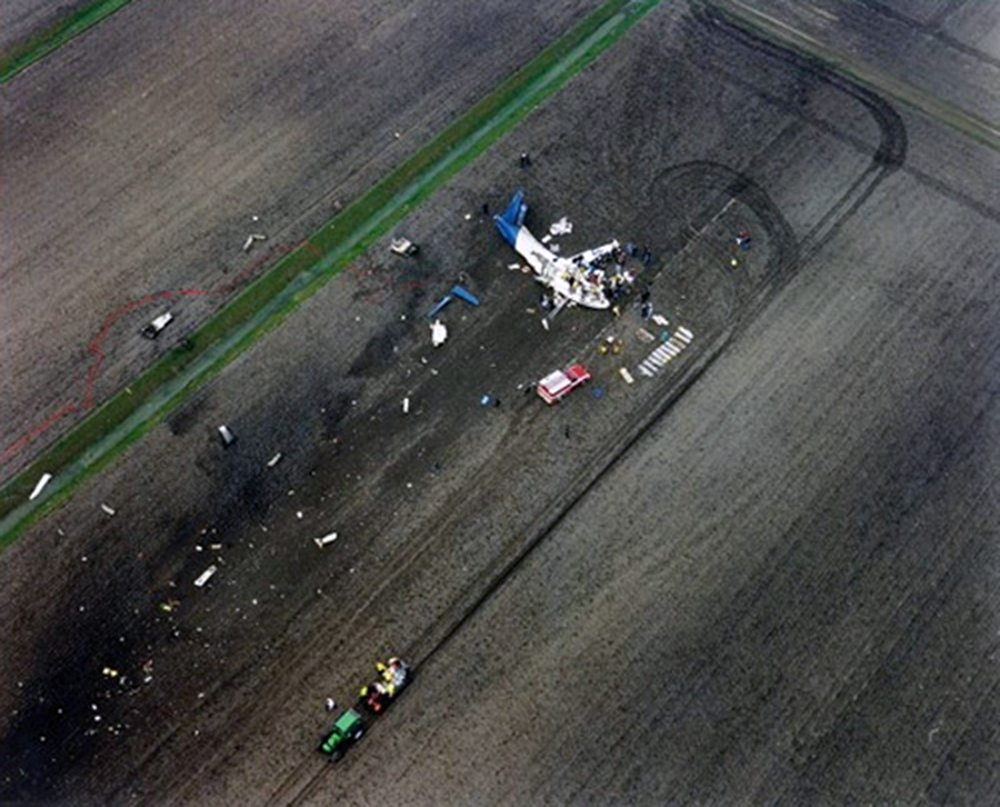
Crash of a Boeing 707-327C in Amsterdam
Date & Time:
Jul 26, 1993
Registration:
OD-AFY
Survivors:
Yes
Schedule:
Amsterdam - Beirut
MSN:
19108
YOM:
1966
Flight number:
MV172
Crew on board:
3
Crew fatalities:
Pax on board:
0
Pax fatalities:
Other fatalities:
Total fatalities:
0
Circumstances:
While taxiing at Amsterdam-Schiphol Airport, the crew heard a loud bang and returned to the apron. Investigations revealed major damages to the right main gear and wing structure after the trunnion support beam of the right main gear failed.
Probable cause:
The incident was the consequence of long term corrosion and metal fatigue cracks.
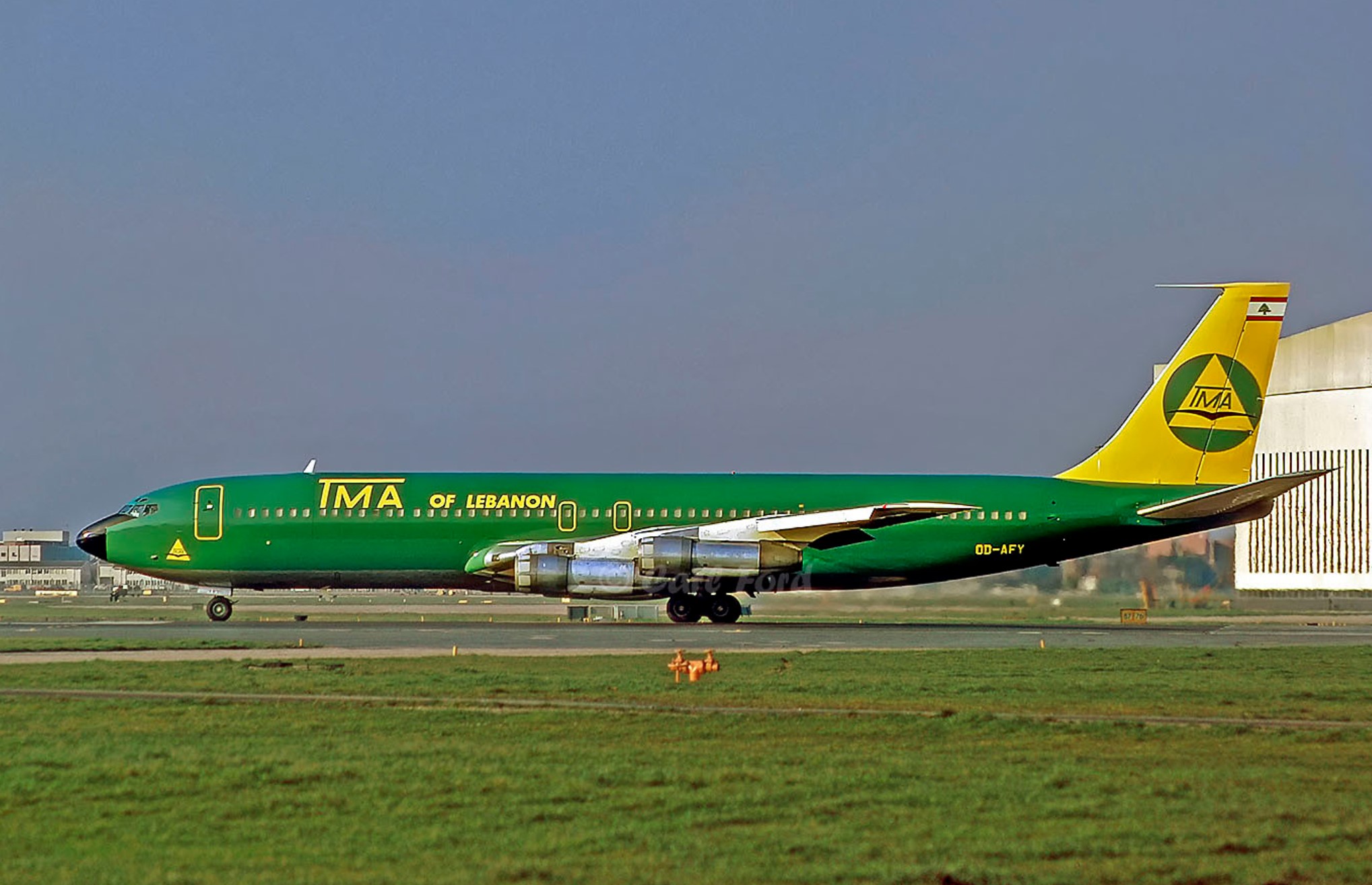
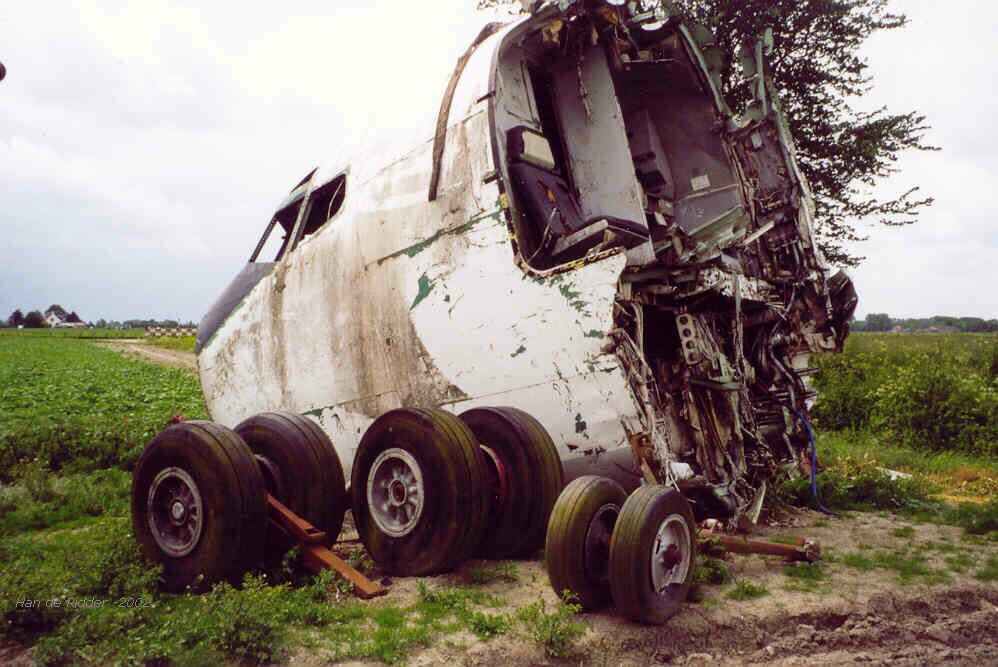
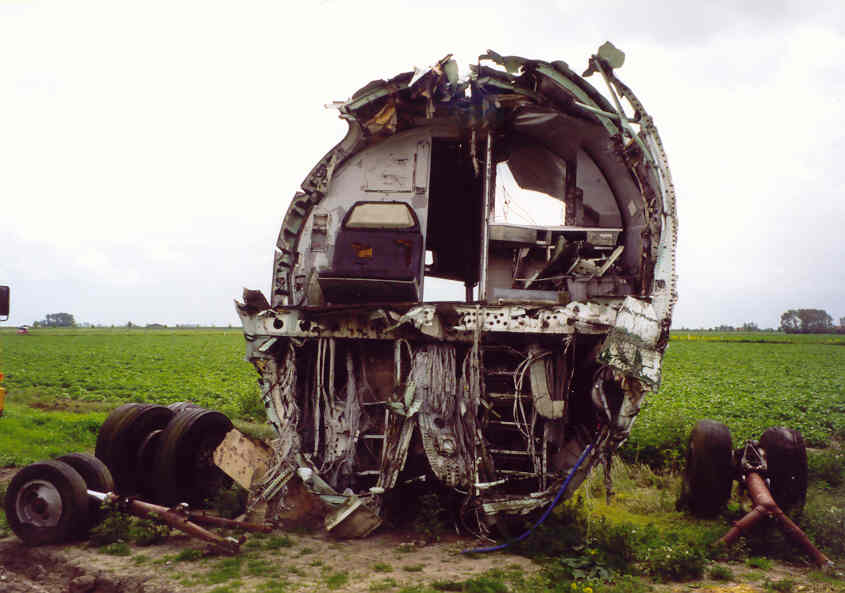
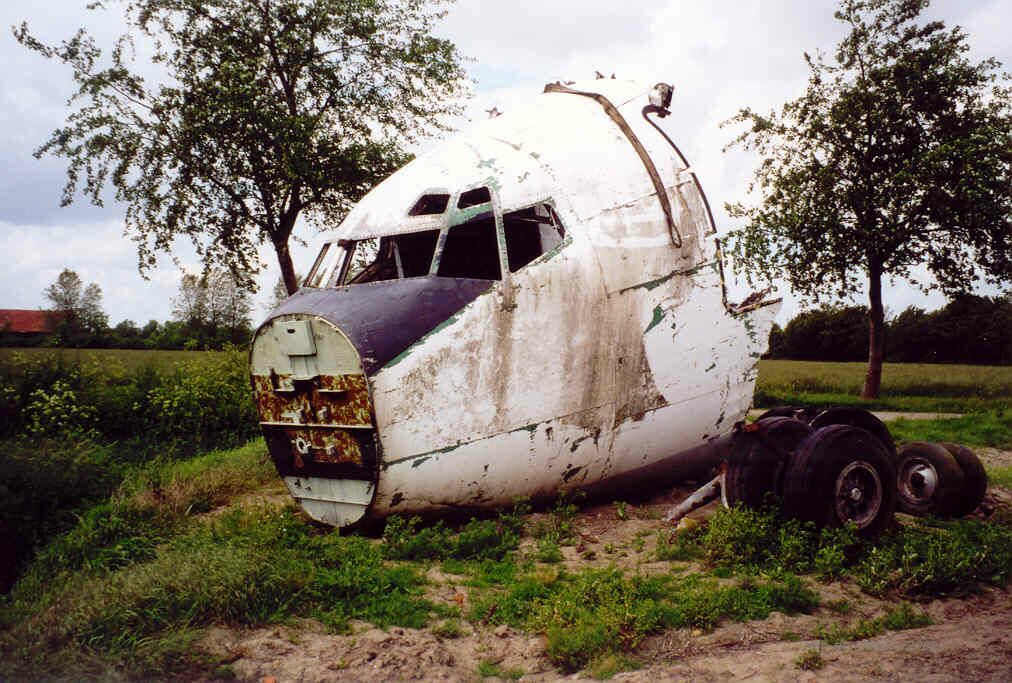
Crash of a Boeing 747-258F in Amsterdam: 47 killed
Date & Time:
Oct 4, 1992 at 1835 LT
Registration:
4X-AXG
Survivors:
No
Schedule:
New York - Amsterdam - Tel Aviv
MSN:
21737
YOM:
1979
Flight number:
LY1862
Crew on board:
3
Crew fatalities:
Pax on board:
1
Pax fatalities:
Other fatalities:
Total fatalities:
47
Captain / Total hours on type:
9500.00
Copilot / Total hours on type:
612
Aircraft flight hours:
45746
Aircraft flight cycles:
10107
Circumstances:
The aircraft was on a flight from John F . Kennedy International Airport, New York, to Ben Gurion International Airport, Tel Aviv, with an intermediate stop at Schiphol Airport for a crew change and cargo processing. The aircraft arrived in Amsterdam at 13:40 and was scheduled for departure at 16:30 but received an air traffic control slot time of 17:20 for departure. The maintenance transit check was carried out. The aircraft was refuelled with 74,200 litres of Jet A1 fuel, making the total amount of fuel on board of 72 metric tons. The four people on board the aircraft at take off were the captain, copilot, flight engineer, and one non-revenue passenger. There was a total of 114.7 metric tons of cargo on board of which 6.5 metric tons were considered low grade dangerous goods. The flightcrew involved in the accident had arrived at Schiphol Airport on a previous El Al flight and had 20 hours crew rest prior to the beginning of their crew duty. The air traffic situation at Schiphol Airport prior to the departure of EI Al 1862 was not extraordinary, according to ATC witnesses. Two runways were in use, 01L for take off and 06 for landing. There was moderate inbound traffic for runway 06, a moderate number of departures from 01L and several VFR flights over the northern part of the city of Amsterdam. From the beginning of El Al 1862's emergency declaration, air traffic services for the flight were provided by Amsterdam Radar on 124.87, Schiphol Approach on 121.2, Schiphol Arrival on 118.4 and indirectly by Schiphol Tower. The captain requested clearance for push back at 17:04. The aircraft taxied out at 17:14. The copilot was to be the pilot flying (PF), and the captain was to be the pilot not flying (PNF). The takeoff roll on runway 01L started at 17:21, with a takeoff gross weight of 338.3 metric tons, and the aircraft followed the Pampus departure as cleared by ATC. The performance limited maximum takeoff gross weight for the prevailing conditions of the flight was 359.3 metric tons. No anomalies were evident during the initial climb until 17:27.30, as the aircraft was passing through an altitude of about 6,500 feet. The flight data recorder revealed that the n°3 and 4 engines and their pylons departed the right wing at this time. The copilot then transmitted the emergency call, "El Al 1862, mayday, mayday, we have an emergency". The aircraft turned to the right, and according to witnesses on the ground, started dumping fuel immediately. The Amsterdam Radar controller confirmed the emergency call and immediately cleared the area of other traffic. At 17:28.06 the controller, not knowing the reason for the emergency call, asked the crew if they wanted to return to Schiphol Airport. After the acknowledgement by the crew of their intention to return to the airport they were instructed to turn to heading 260 and were informed about their position relative to Schiphol Airport. At 17:28.17 the crew reported a fire on engine n°3 and subsequently they indicated loss of thrust on engines n°3 and 4. Witnesses heard one or more banging sounds and saw a dark plume of smoke trailing the aircraft. Some witnesses saw objects fall. Other witnesses also saw fire on the right wing which eventually disappeared. When the aircraft turned right two vapour trails were seen to emerge from the wingtips. At 17:28.57, El Al 1862 was informed that runway 06 was in use and the wind was 040° at 21 knots. The flight crew however requested runway 27 for landing. ATC then asked the crew if they could switch radio frequency to Schiphol Approach Control on 121.2 megahertz. The crew immediately switched frequency to Approach Control. Subsequently the flightcrew was instructed to switch to Schiphol Arrival on 118.4 megahertz. Because the aircraft was only 7 miles from the airport and still flying at an altitude of 5,000 feet, a straight in approach was not feasible and the crew was instructed to turn right to heading 360 and descend to 2,000 feet. The crew was again informed about the wind (by then 050° at 22 knots). About one minute later at 17:31.17 the controller asked what distance they required to touchdown. Shortly thereafter, the controller asked for the number of track miles the flight crew required for an approach. The crew stated that they needed "12 miles final for landing". Together with this reply to ATC, the call "Flaps 1" could be heard as background conversation in the cockpit. ATC instructed El Al 1862 to turn right to heading 100. During the turn the controller asked for the status of the aircraft and was informed : "n°3 and 4 are out and we have problems with the flaps". The airplane had turned through heading 100 and was maintaining heading 120. No corrective action was taken by the controller. The aircraft maintained an airspeed of 260 knots and was in a gradual descent. El Al 1862 was cleared for the approach and directed to turn right to heading 270 to intercept the final approach course. The airplane was then at an altitude of about 4,000 feet, with a ground speed of approximately 260 knots and on heading 120. The position was 3 nautical miles north of the centreline of runway 27 at a distance of about 11 miles projected on the extended centreline of runway 27. According to the radar plot, it took about thirty seconds before the aircraft actually changed heading. When it became apparent that the airplane was going to overshoot the localizer, the controller informed the crew accordingly and directed the aircraft to turn further to heading 290 in an attempt to intercept the final approach again but now from the south. Twenty seconds later a new heading instruction to 310 was given, along with descent clearance to 1,500 feet. The flightcrew acknowledged this instruction at 17:35.03 and added, "and we have a controlling problem". Approximately 25 seconds later the copilot called, "Going down 1862, going down ". In the first part of this transmission commands from the captain to raise all the flaps and to lower the landing gear could be heard. During the middle part of this transmission a sound was heard, and in the final part of the transmission another sound was audible. These sounds were later analyzed and determined to be the stick shaker and the ground proximity warning system respectively. The airplane crashed at 17:35.42 into an eleven-floor apartment building in the Bijlmermeer, a suburb of Amsterdam, approximately 13 km east of Schiphol Airport. The impact was centred at the apex of two connected and angled blocks of apartments and fragments of the aircraft and the buildings were scattered over an area approximately 400 meters wide and 600 meters long. Firefighting and rescue operations started shortly after the crash. The aircraft was destroyed by the impact and the resulting fire. The accident occurred during dusk. All four occupants as well as 43 people on the ground were killed. 26 other people on the ground were injured, 11 of them seriously.
Probable cause:
The design and certification of the B 747 pylon was found to be inadequate to provide the required level of safety. Furthermore the system to ensure structural integrity by inspection failed. This ultimately caused - probably initiated by fatigue in the inboard midspar fuse-pin - the n°3 pylon and engine to separate from the wing in such a way that the n°4 pylon and engine were torn off, part of the leading edge of the wing was damaged and the use of several systems was lost or limited. This subsequently left the flight crew with very limited control of the airplane. Because of the marginal controllability a safe landing became highly improbable, if not virtually impossible.
Final Report:
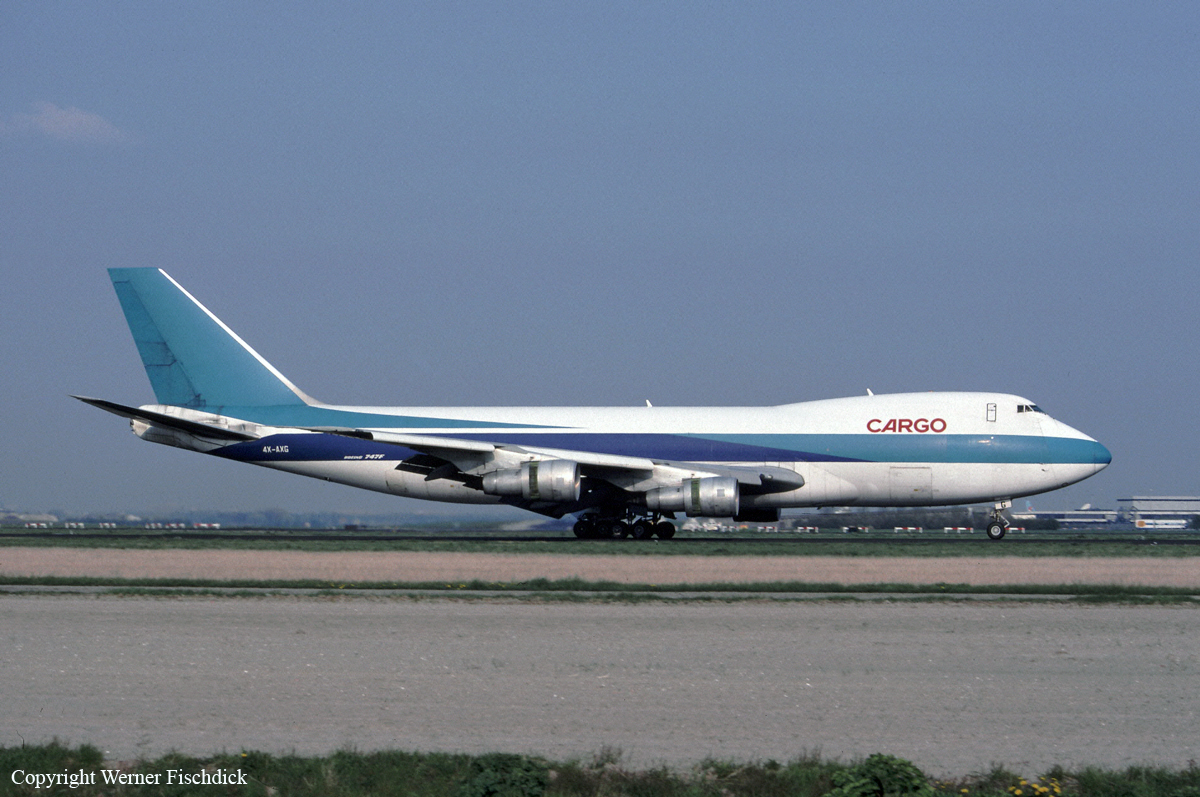
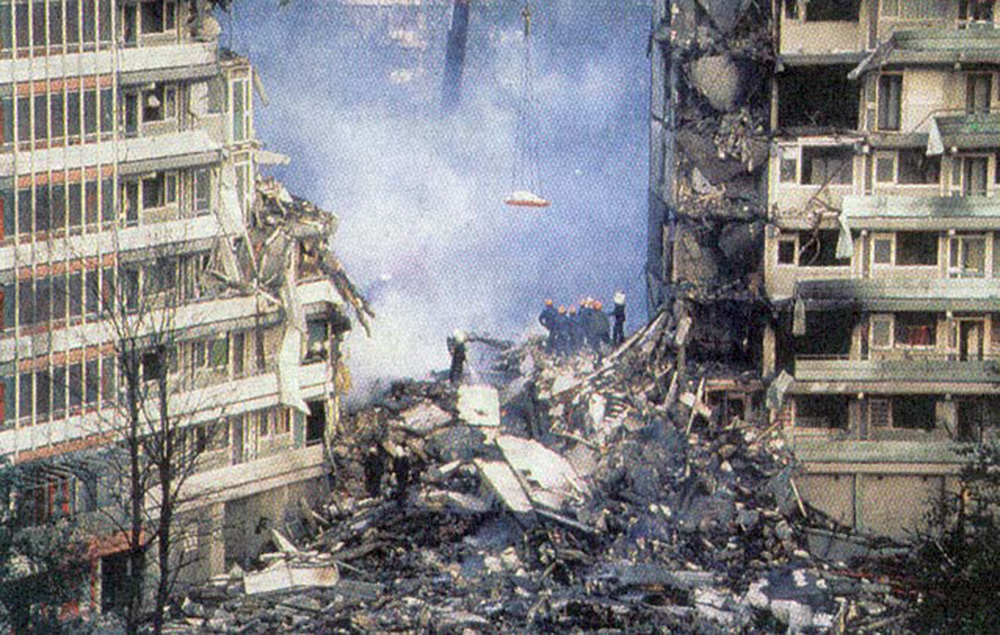
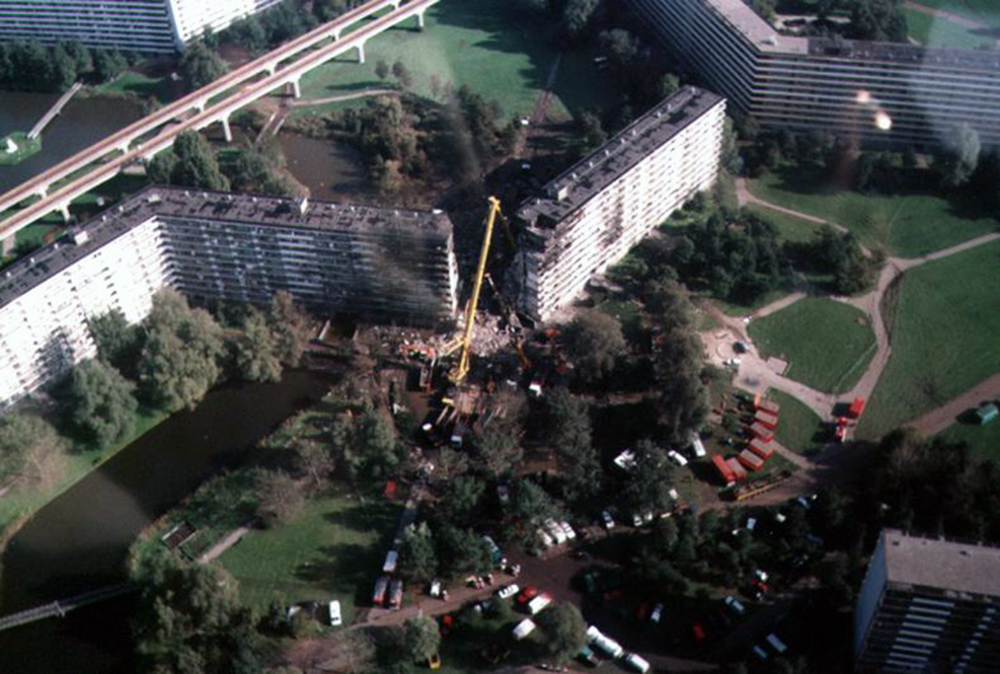
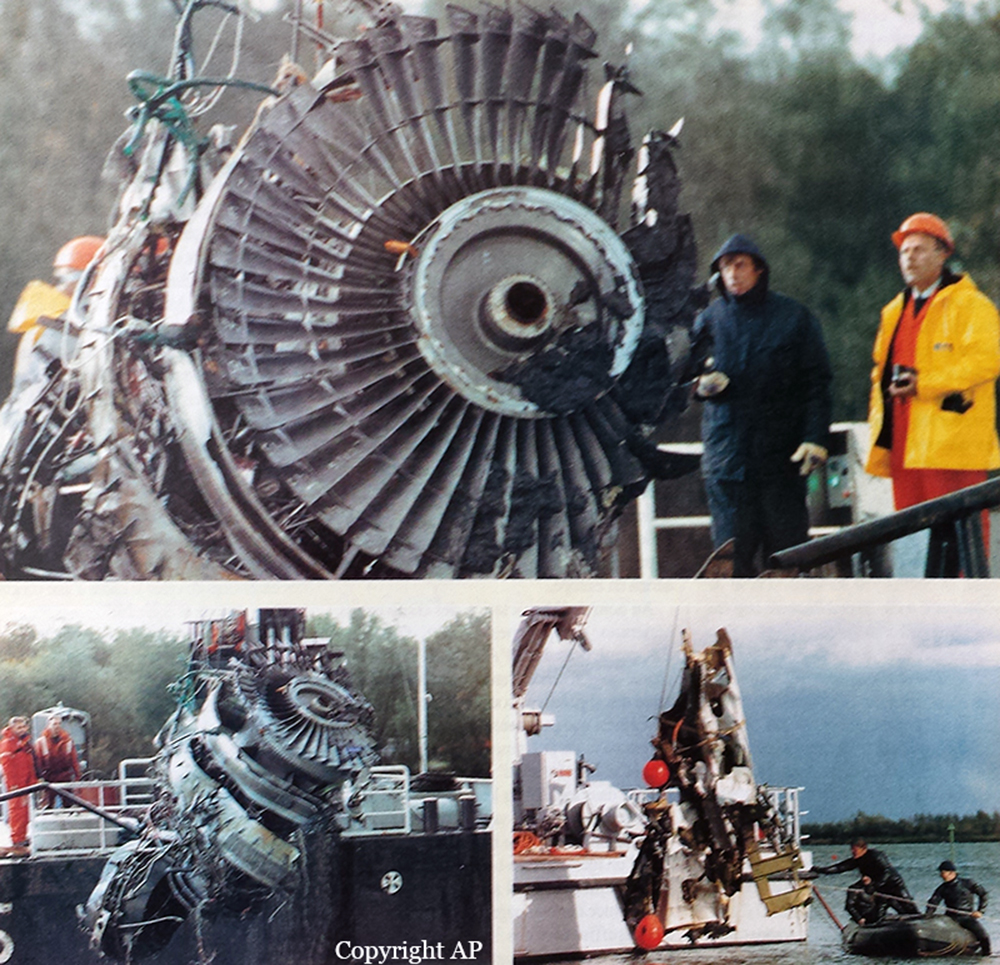
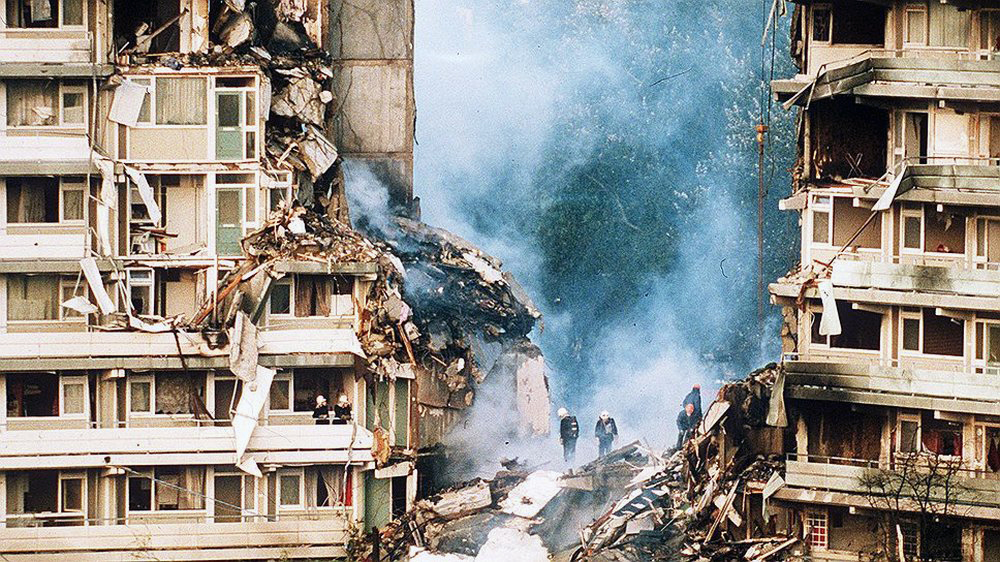
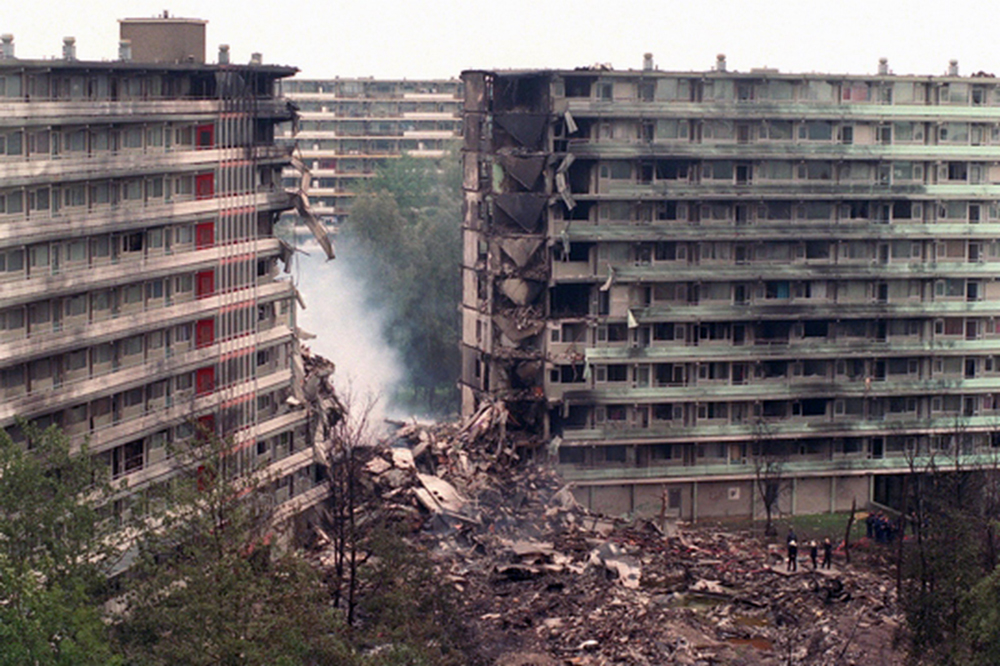


Crash of a Mitsubishi MU-2B-60 Marquise in Eindhoven: 2 killed
Date & Time:
Sep 12, 1988 at 0705 LT
Registration:
PH-DRX
Survivors:
No
Schedule:
Rotterdam - Eindhoven
MSN:
1555
YOM:
1982
Crew on board:
2
Crew fatalities:
Pax on board:
0
Pax fatalities:
Other fatalities:
Total fatalities:
2
Captain / Total hours on type:
500.00
Copilot / Total hours on type:
1200
Circumstances:
The crew was completing a positioning flight from Rotterdam to Eindhoven. On approach to Eindhoven Airport, the visibility was poor due to fog when the aircraft struck tree tops 5,6 km short of runway. On impact, the elevators were torn off. The aircraft then struck other trees and crashed on a embankment located near Best, bursting into flames. Both pilots were killed.
Probable cause:
The crew failed to follow the published procedures, attempted a visual approach in IMC conditions and decided to descend below the MDA without any visual contact with the ground until the aircraft collided with obstacles.
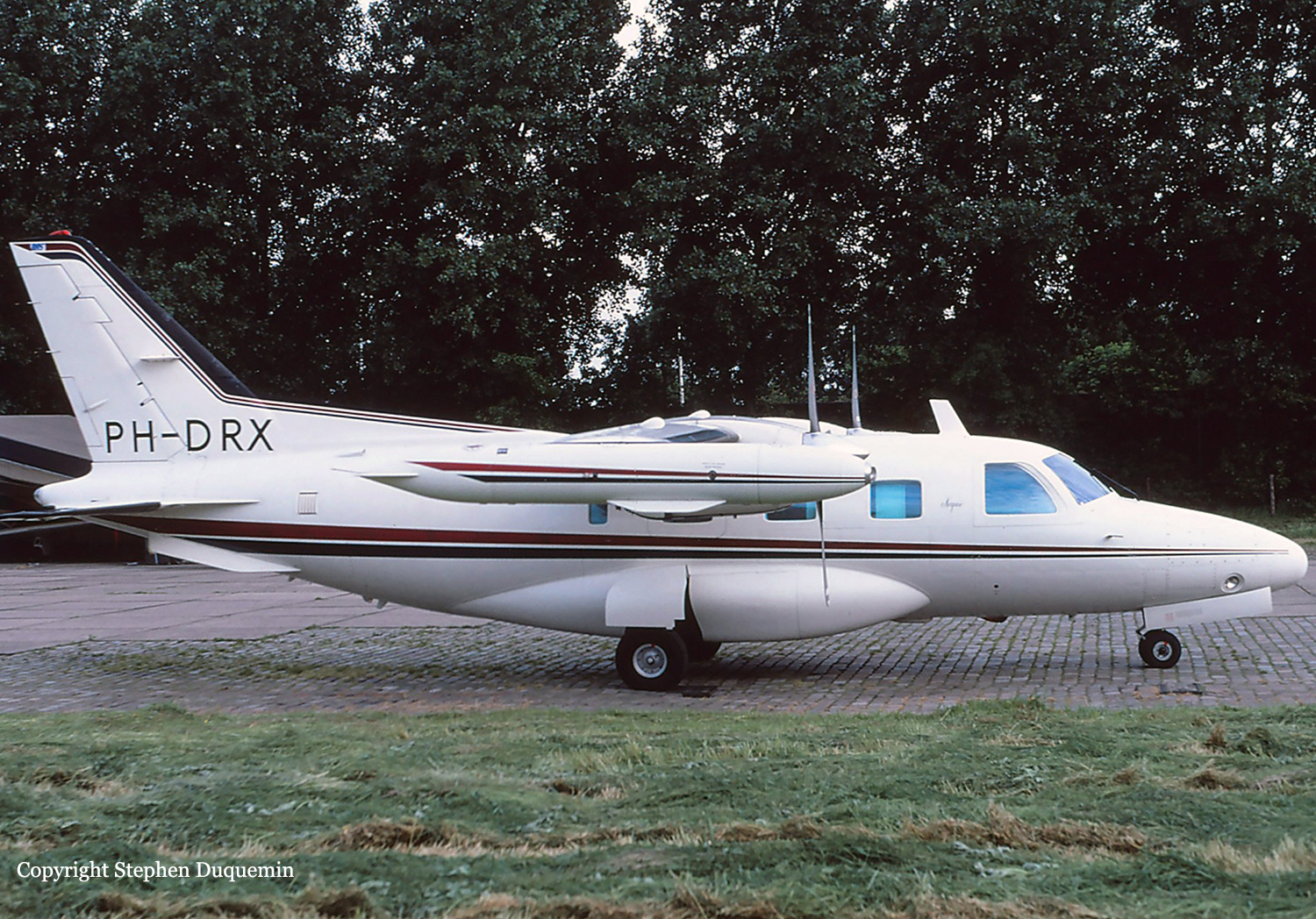
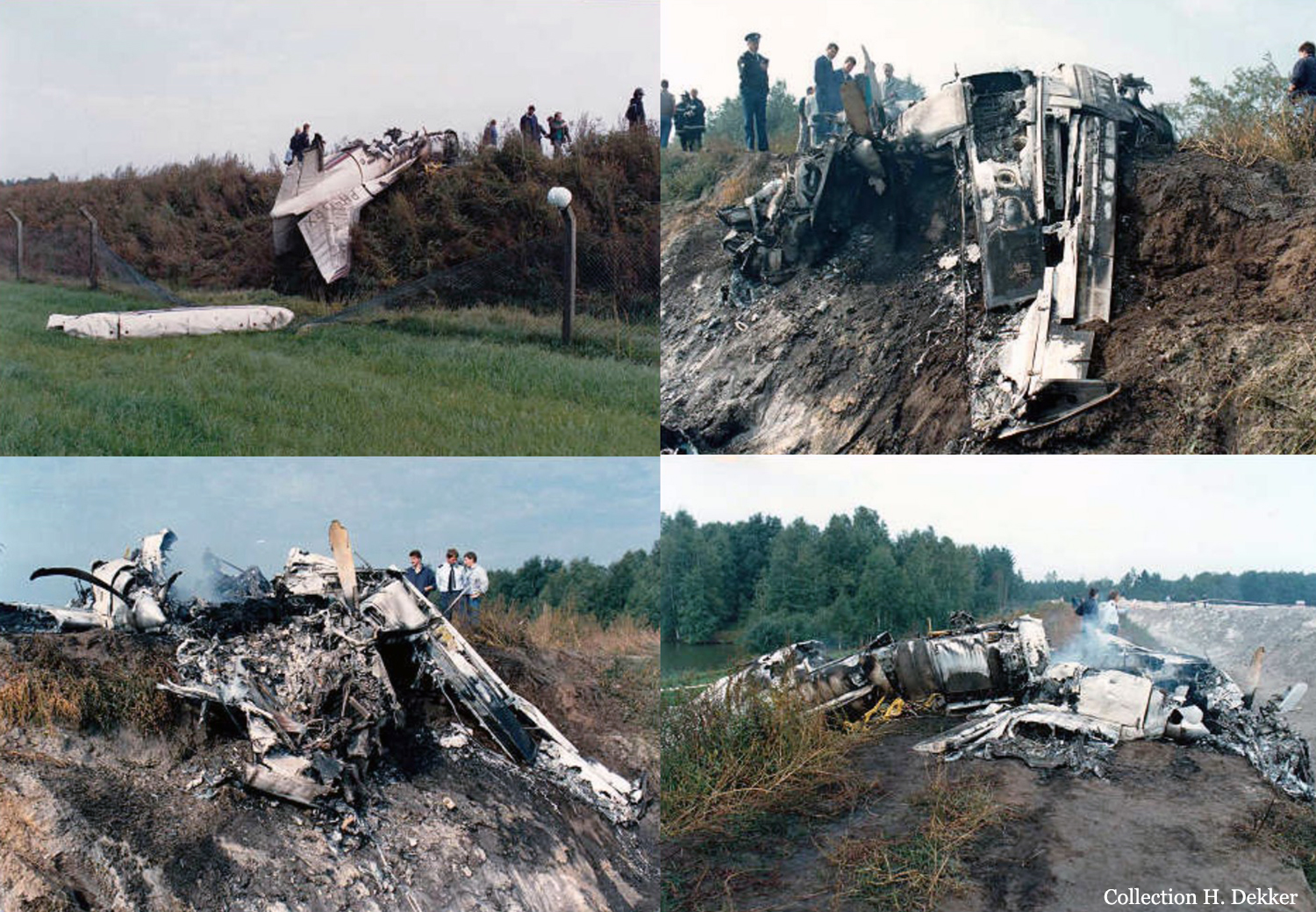
Crash of a Cessna 414A Chancellor in Maastricht: 1 killed
Date & Time:
Sep 8, 1987
Registration:
D-IGEY
Survivors:
No
MSN:
414A-0480
YOM:
1980
Crew on board:
1
Crew fatalities:
Pax on board:
0
Pax fatalities:
Other fatalities:
Total fatalities:
1
Circumstances:
En route, the pilot informed ATC he was short of fuel and elected to divert to Maastricht Airport for an emergency landing. On final, he encountered poor visibility due to low clouds and fog and was forced to initiate a go-around. Few minutes later, while in a second attempt to land, the twin engine aircraft crashed few km from the airport. The pilot, sole on board, was killed. At the time of the accident, the visibility was below minimum as estimated between 300-400 meters in fog.








